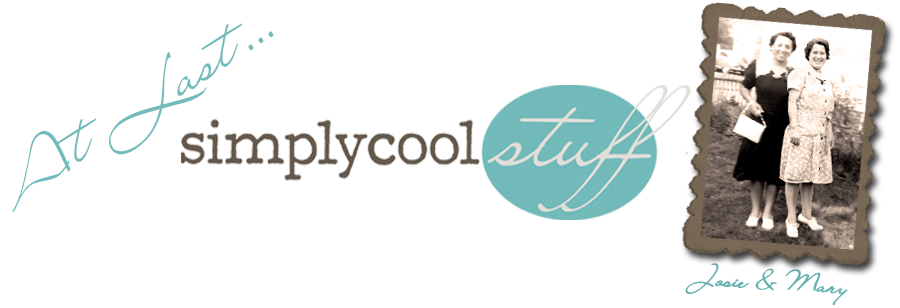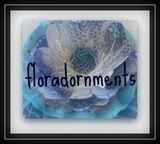


Grid and Square pattern, 1908, A.H. Heisey & Co.; Wheat and Barley pattern, 1882, Bryce Bros.
Ball and Swirl pattern, 1894, McKee Bros.






In 1825, Deming Jarvis of the Sandwich Glass Co. of Cape Cod, MA, invented a glass press and a method for creating numerous sets, styles, and patterns of glassware. Hot liquid glass was pressed into cast iron molds to impart a design and the handles were applied separately by hand. The pressed glass from the 1820's is known as lacy glass due to its very intricate patterns. Pressed and Early American Pattern Glass (EAPG) was produced in large quantities in the United States from the 1830's to its heyday from 1870 - 1910. Silicate, which is a derivative of quartz, is the main ingredient and Flint is a type of quartz containing impurities of micro-crystals. (Perfected in England in the 1820's, finer glassware initially contained a powdered flint to improve the clarity.) As a major element in pressed pattern glass, flint has superior light refraction (brilliance), resonance (bell tone when stuck) and a significant heft. The pressed patterns evolved from plain to geometric to ribbed to fancy swirls and were made to be durable for everyday use. Most of the popular patterns were made by more than one company, with variations within each one. Lead oxide was added to the silicate to produce the brilliant glass known as lead crystal (33% lead). After the introduction of lead, flint was eliminated from the glass mix, but the descriptive Flint name remained. In the 1860's the Civil War with its demand for lead ammunition brought changes to the glass industry, and soda lime was found to be a good, inexpensive substitute. In the late 1800's, Pressed Glass began to lose its luster as tastes changed and lead crystal, once again, became popular. It was the Centennial Exposition in Philadelphia in 1876 that highlighted a 'new' Brilliant Glass style which was about to take hold during the Victorian era.
Due to its relative abundant production, EAPG contains literally hundreds of different patterns and pieces, with interesting names such as: Palm Leaf Fan, Daisy and Button, Finecut and Panel, Rose Spring, Bullseye and Diamond Point, Powder and Shot, Feather and Doric, and Diamond Medallion. Many have such subtle differences, it is hard to tell them apart, yet most can be mixed and matched effortlessly to impart a lovely addition that would make any meal feel special.



























No comments:
Post a Comment